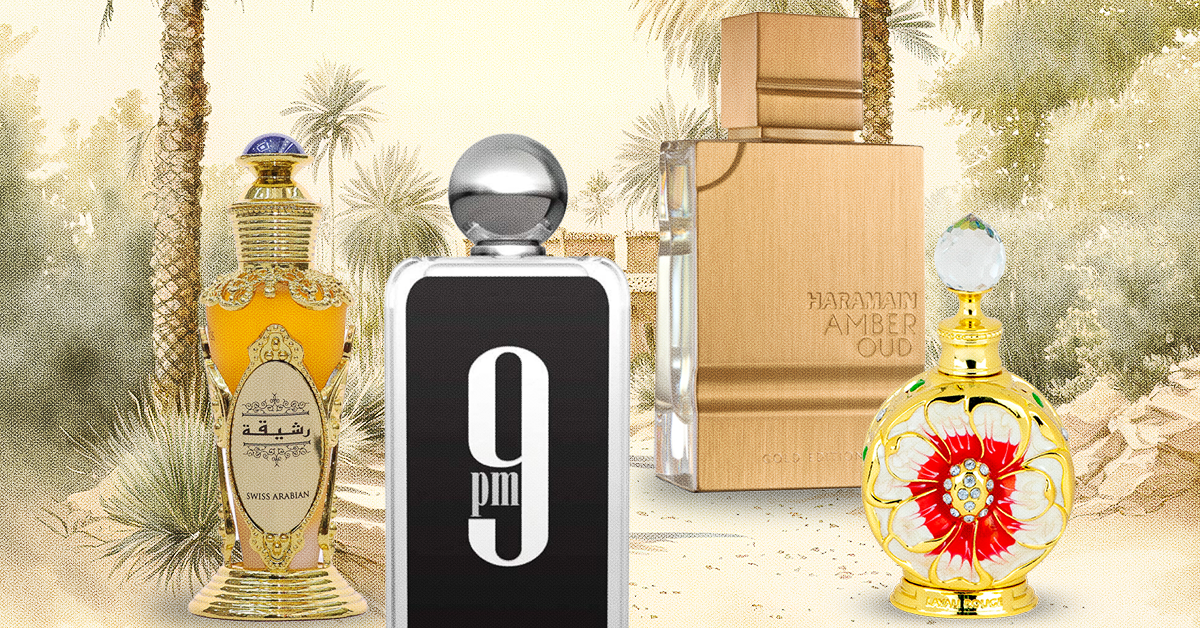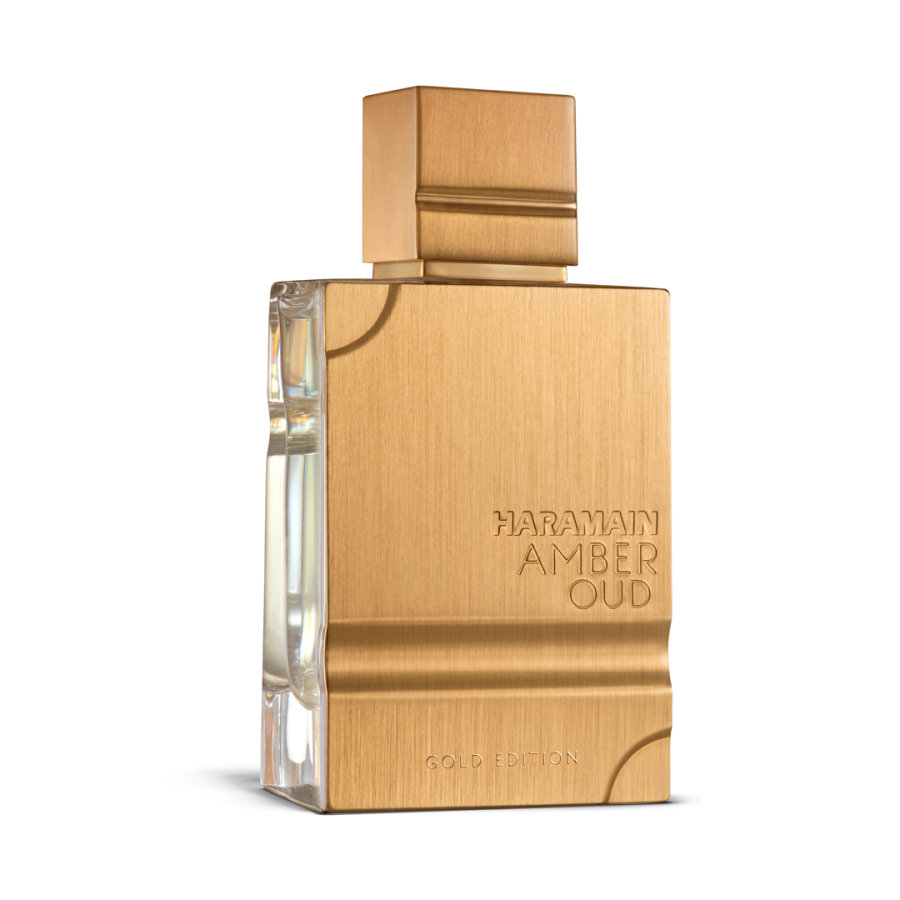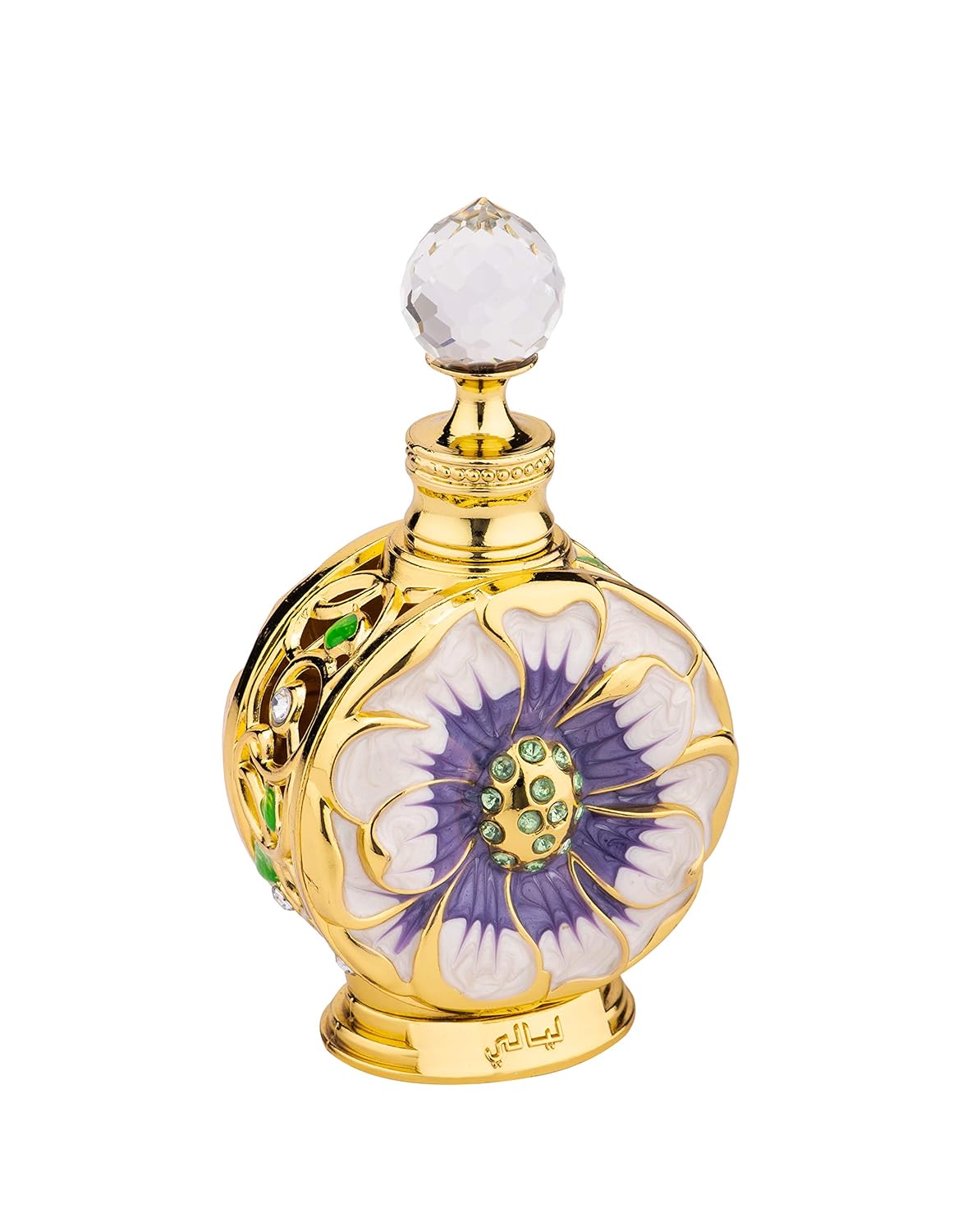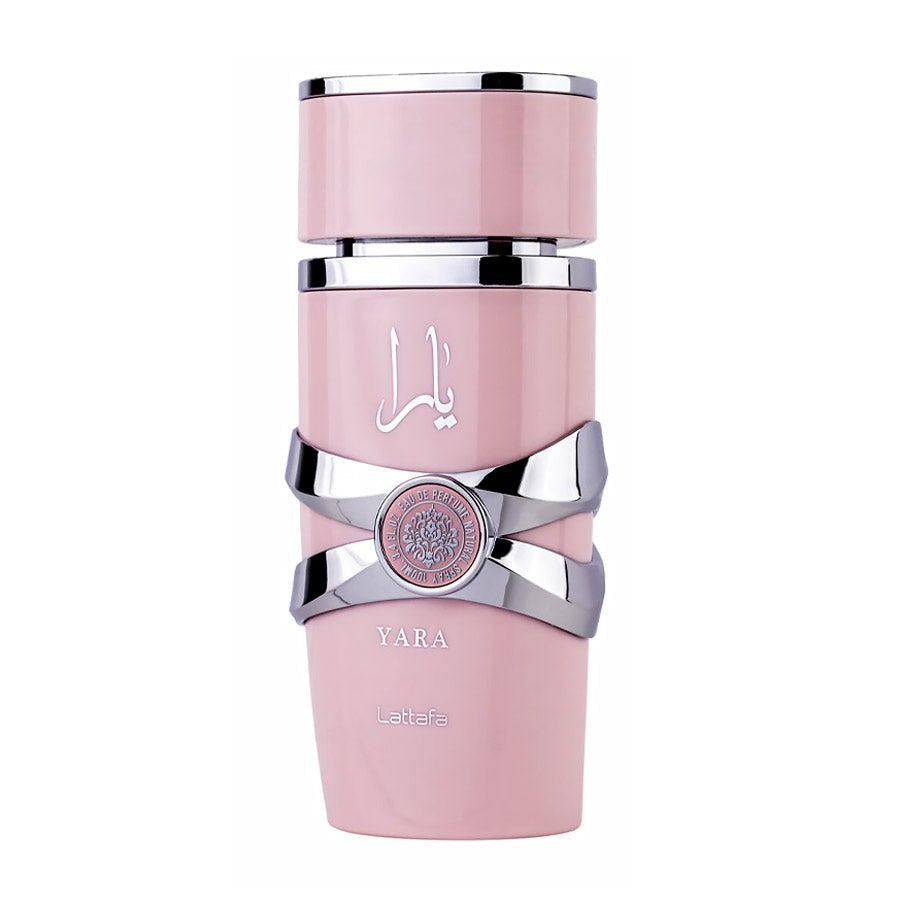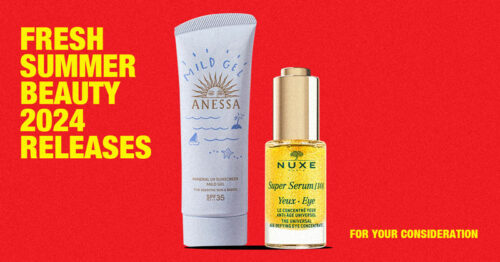In today's pursuit of smelling good, class is in session! This time, we're exploring Arabian perfumes
We have TikTok and several fragrance influencers to thank for bringing Arabian perfumes into the spotlight. It started when perfume enthusiast Funmi Monet started posting unboxing videos and reviews of Middle Eastern perfumes, and then other creators followed suit—sharing and recommending their favorites. But these fragrances, though more commonly known for their exotic blends, complex profiles and rich aromas, carry a touch of their local traditions that reflect a history of perfumery.
Understanding what these fragrances are and their rich history can be tricky. We know that the word “perfumery” refers to the art of making perfumes. But what a lot of people don’t know is that a lot of fragrances today trace their roots from Mesopotamia, Ancient Egypt and China. Plus, modern-day perfume was refined by the Romans, the Persians and the Arabs.
Now, let’s unpack.
What is an Arabian perfume and what makes it different from Western perfumes?
Most people attribute Arabian perfumery to Mesopotamia, modern-day Iraq. It checks out historically in source, form and composition.
Source
Arabian scents are mostly from strong, natural extracts, so it’s common to see notes like oud, ambergris, musk, frankincense, jasmine and sandalwood. These extracts are usually oil-based natural fragrances, which means the solvent used is oil. At the same time, Western perfumes contain mostly alcohol-based essential oils and aromatic chemicals. That being said though, the materials and techniques used have been traded for centuries, so while some can be sourced in the Middle Eastern region, some can also be sourced outside of the region, making it difficult to pinpoint exactly what Arabian perfumes are and where they come from.
@hellojesso_ Replying to @PheLokz Gru what arabian perfumes smell like and how theyre different is a hard question to pinpoint and answer but i hope this gives a little more perspective. there are so many original arabian perfumes but also so many arabian perfumes that take inspiration from more popular fragrances all over the world now #scenttok #perfumetok #perfumesph #arabperfume ♬ original sound – Jessy 雷
Form and concentration
The Middle Eastern region has an abundance of plants used for medicinal purposes that were heavily used in practices of the time. So the Arabs went ahead and used what was readily available, and extracted oils from these plants and different woods, which they found to be fragranced. These fragrance oils were used in rituals, meditation and even for health purposes.
The most popular Arabian scents are all pure oils that are very concentrated. It’s quite common in the Middle East to find large vials or jars with concentrates that you can purchase as is or use to make your blend that you can take home in a tiny vial—and this vial will last you a long time. Meanwhile, Western fragrances are less concentrated versions of the component notes. But Arabic dupes of Western fragrances are popular because though they are less concentrated than pure Arabian fragrances, they still usually contain more oil concentration than their Western counterpart. Therefore, Arabian perfumes have gained a badge of honor for being effective and long-lasting.
To add, you can also burn some fragrances to make your clothes or house smell nice in the form of bakhoor, which are aromatic wood chips soaked in scented oils. When this is used either by cooking on fire or baking, the smoke carried by bakhoor clings to objects, then the fragrance can develop over time.
Composition
Arabian perfumery techniques focus on layering various attars—botanical or natural oils—to create blends, so it’s not shocking to see a rose and oud blend. Western perfumery isn’t afraid to mix more than three notes to create more unifying compositions. But Arabian perfumery has branched out and since started duping or cloning Western scents with some economic limitations, and crafting unique blends that have breached the global market.
@hellojesso_ Replying to @Lilac oil based perfumes, what are they and how are they different from conventional perfumes? #perfumesph #scenttok #perfumeoil ♬ original sound – Jessy 雷
Speaking of dupes, Arabian perfumes not only boast the oil concentration and lasting power but also the ability to copy many of the popular Western fragrances we know today, offering them at a more mainstream price point. Don’t get me wrong, there is still a huge number of original scents from brands like Swiss Arabian and Amouage; and an extension thanks to the diaspora from brands such as Nemat and Kayali. But popular dupe houses include Lattafa, Maison Alhambra, Al Haramain, Armaf and Afnan, to name a few.
Several differences between Arabian and Western fragrances also blur together. But if you want to have a specific and unusual scent to be recognized by or find a cheaper alternative to a scent you already enjoy, there is definitely a large number of options I suggest you try out from Arabian perfumes.
Words Jessy So
Art Macky Arquilla


